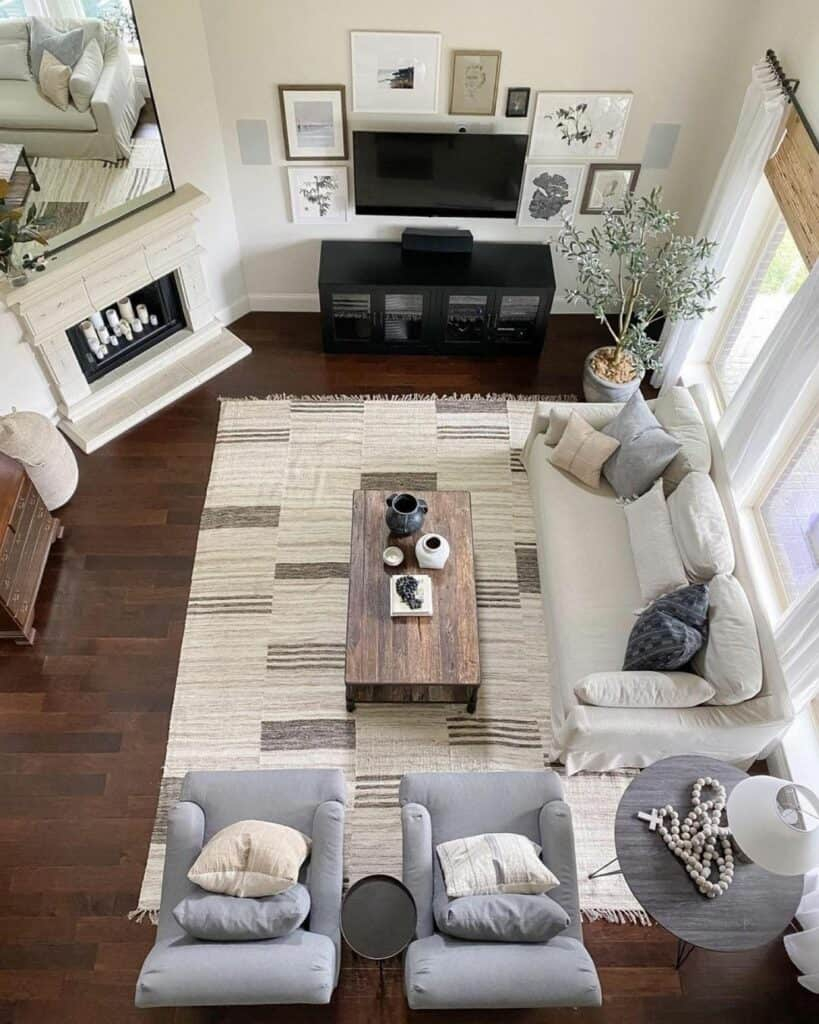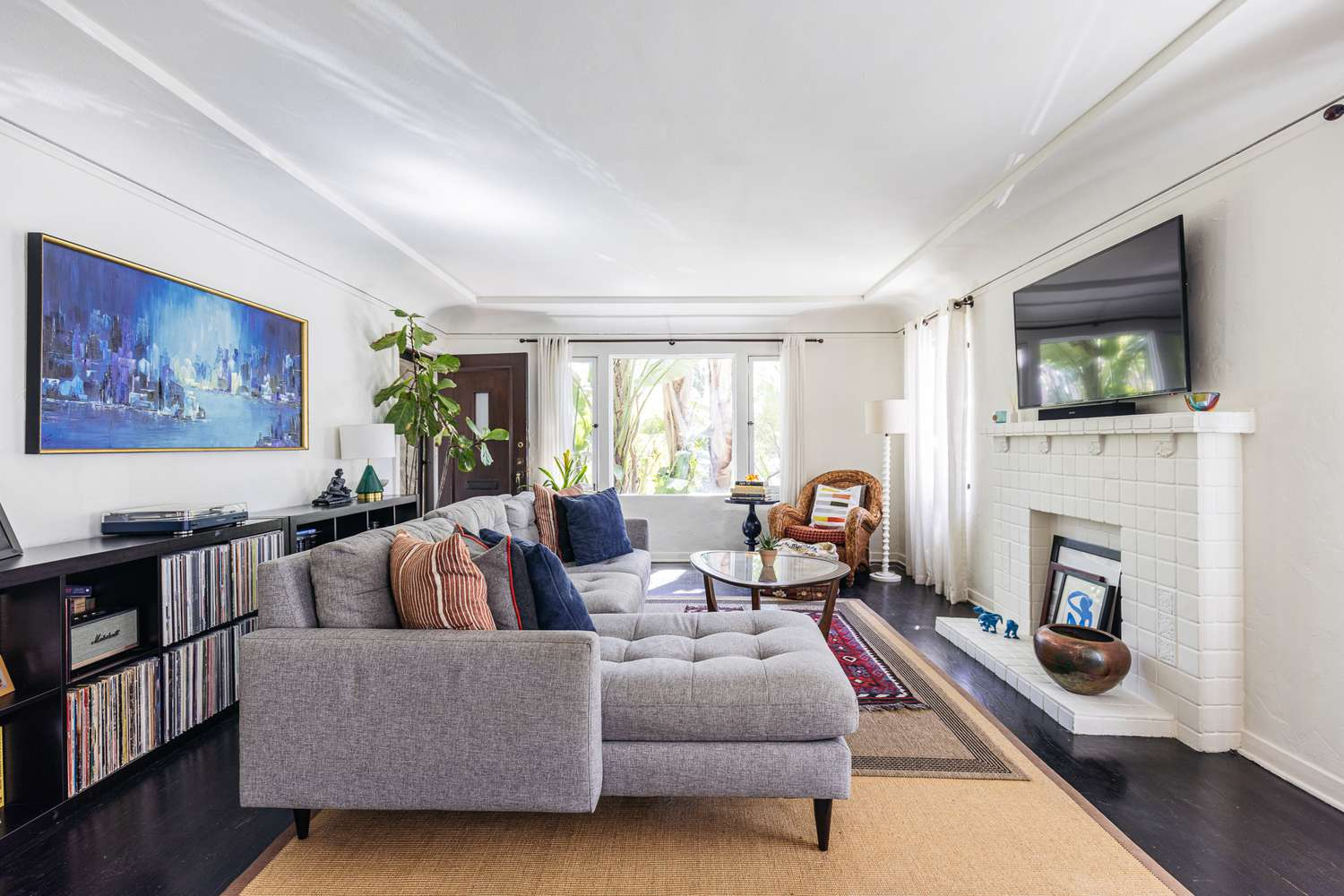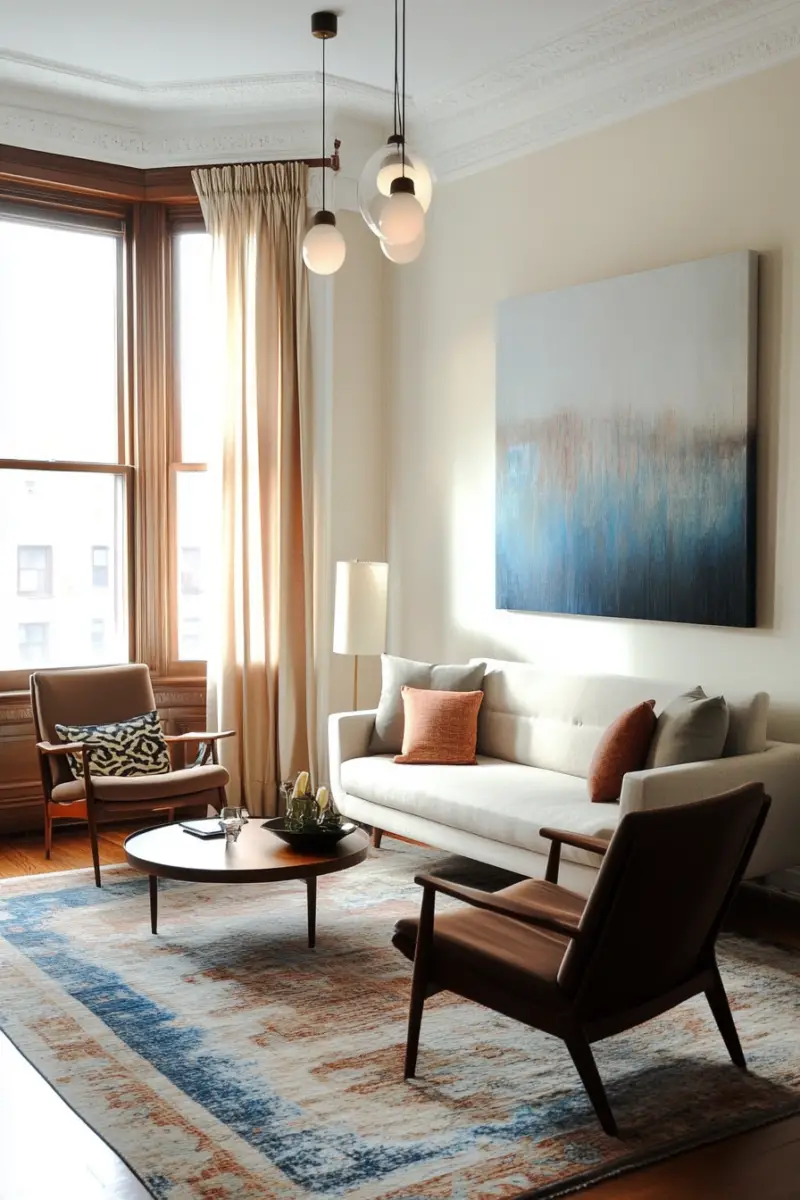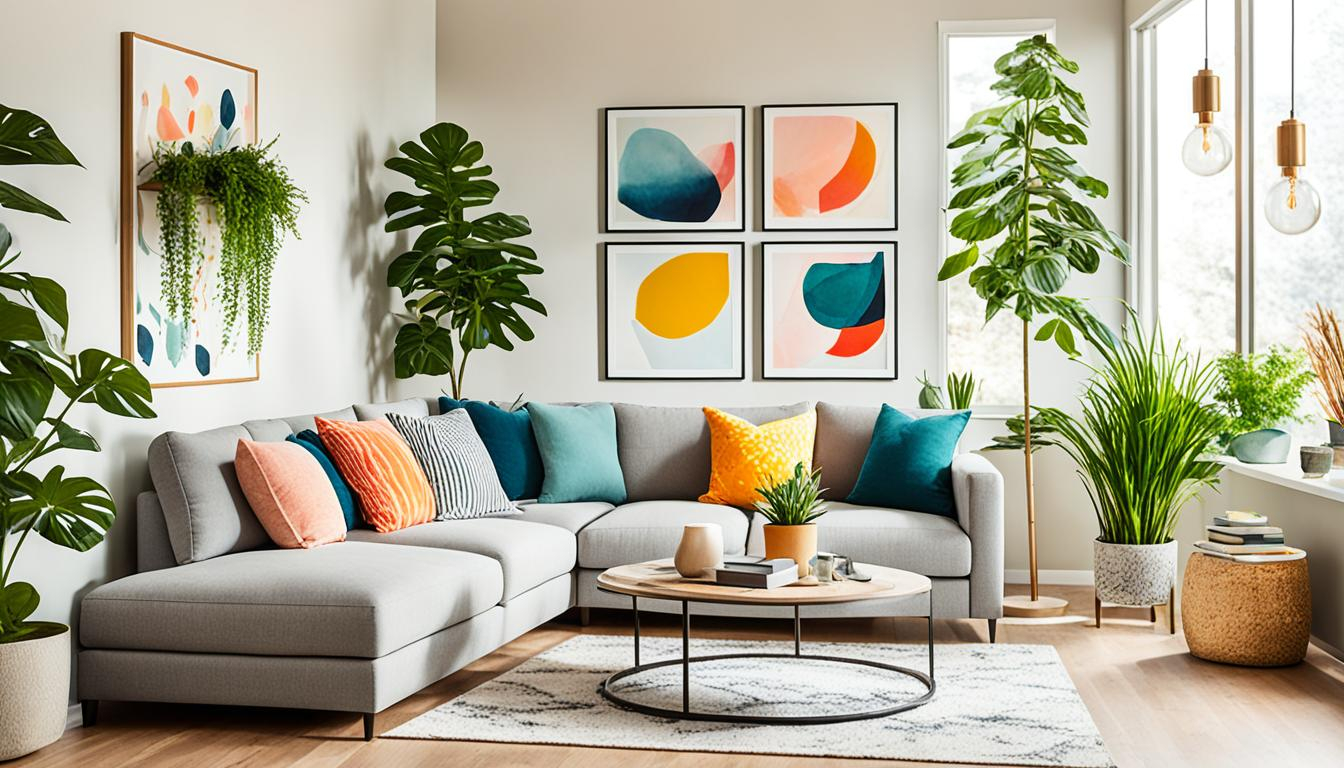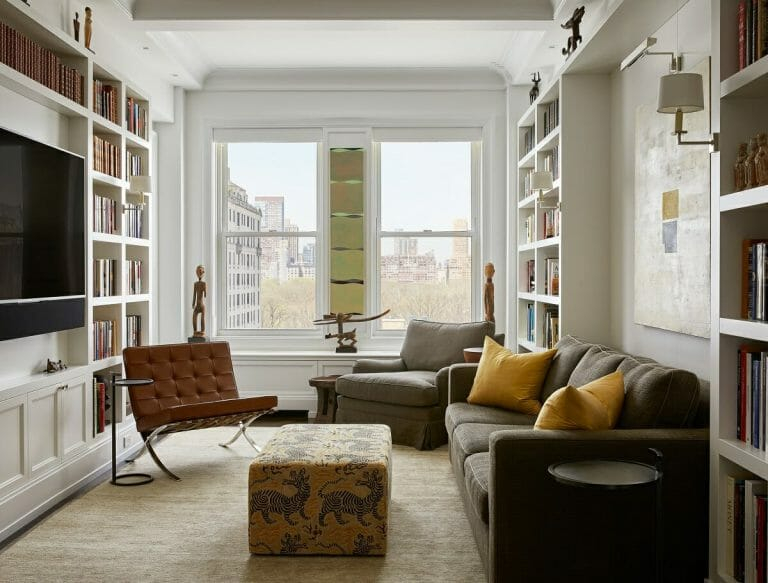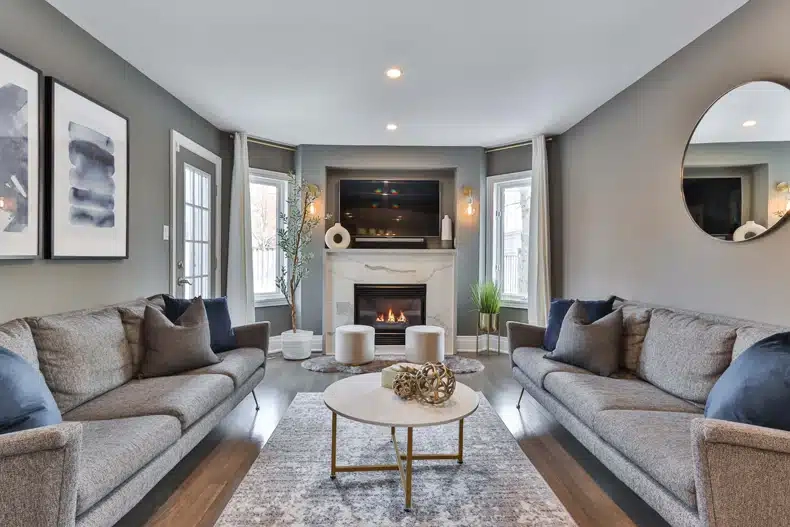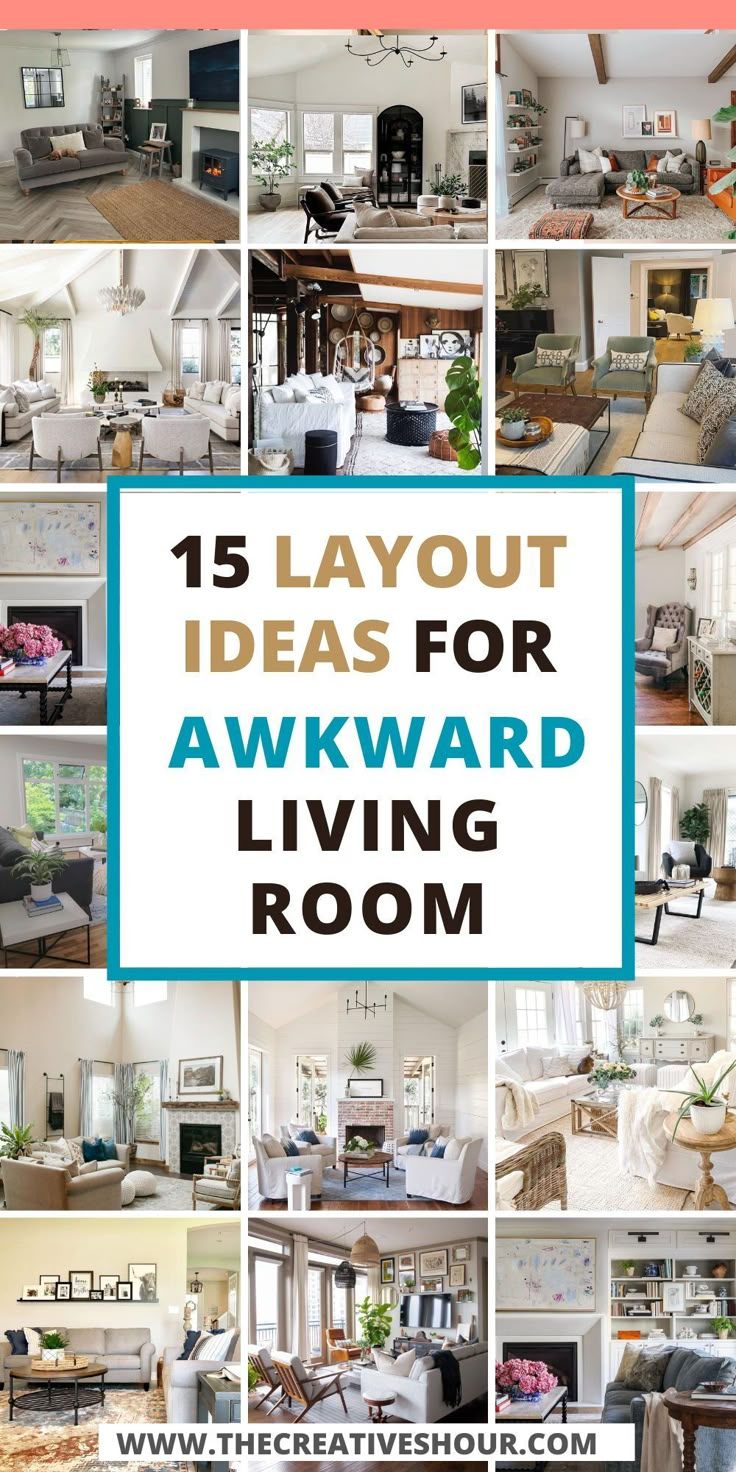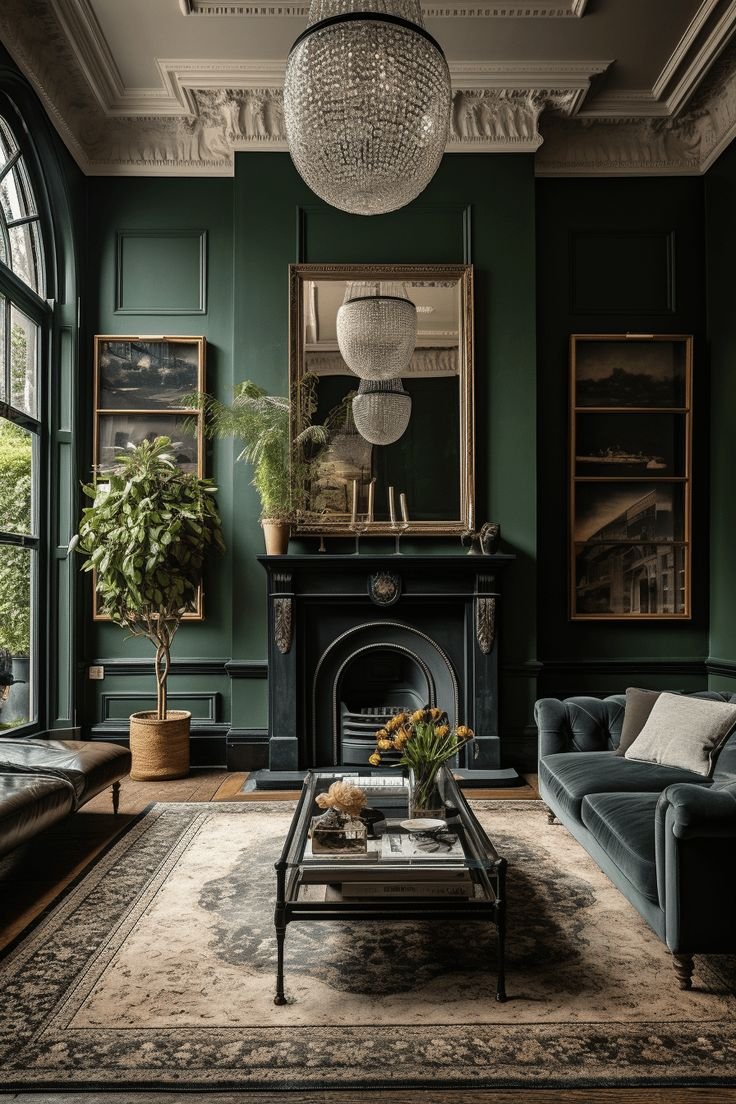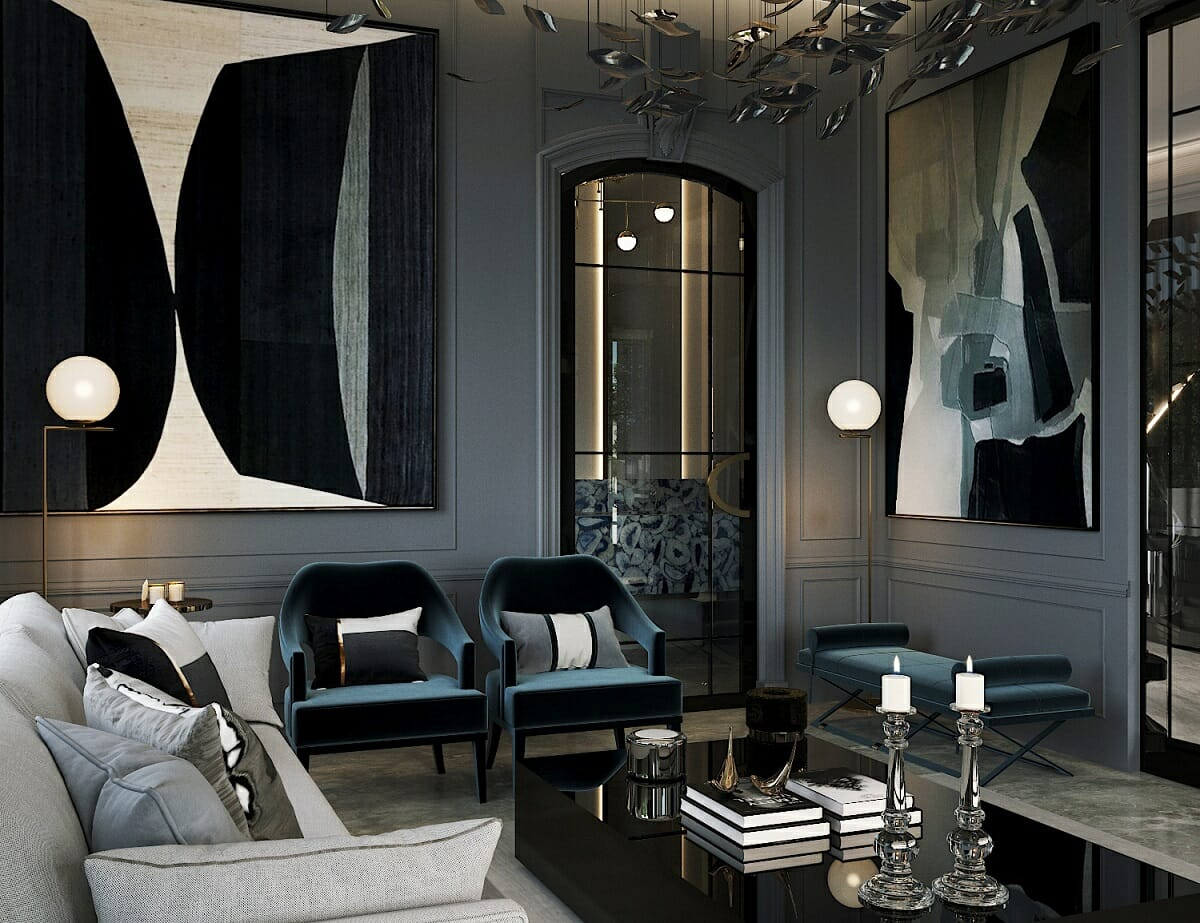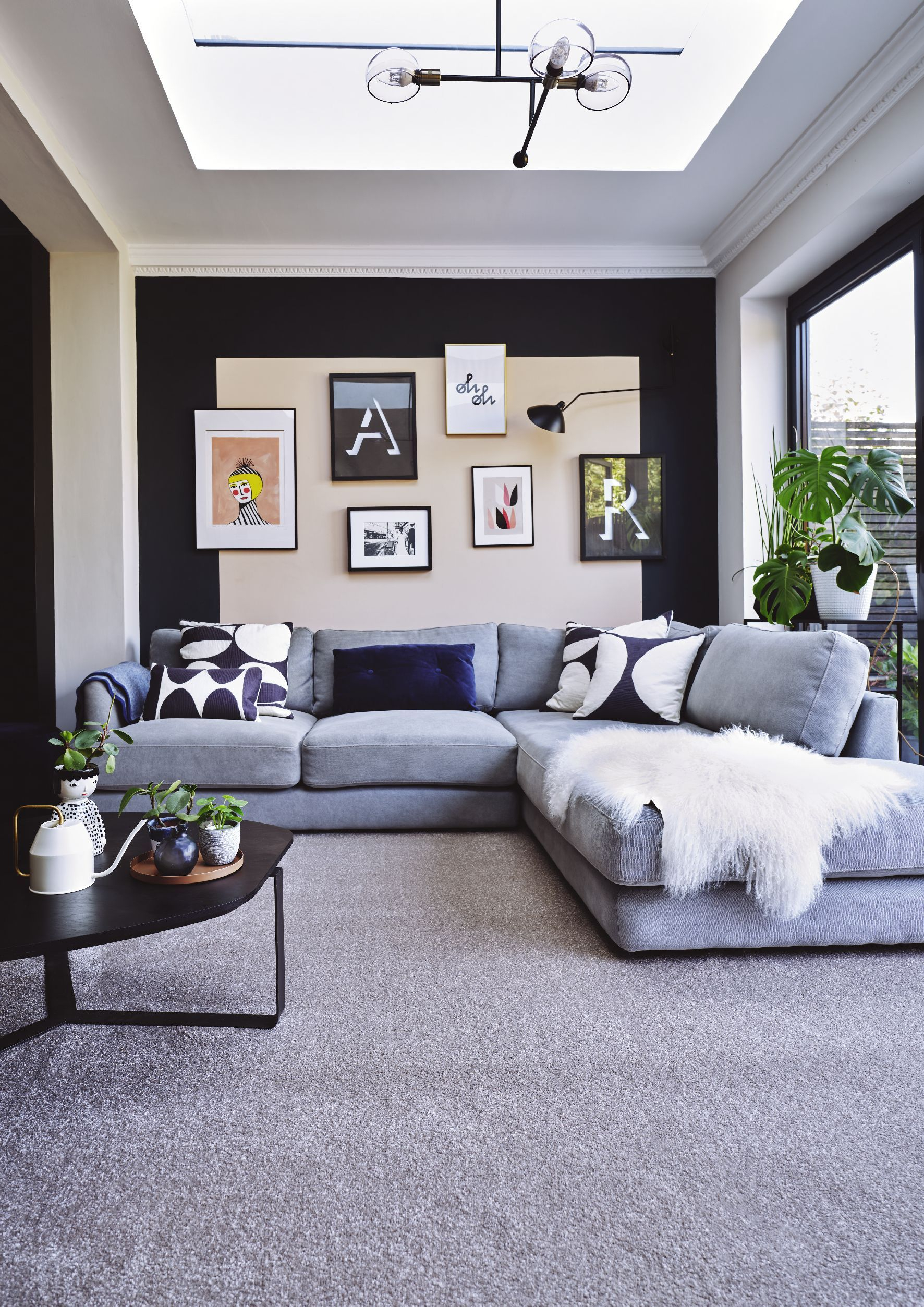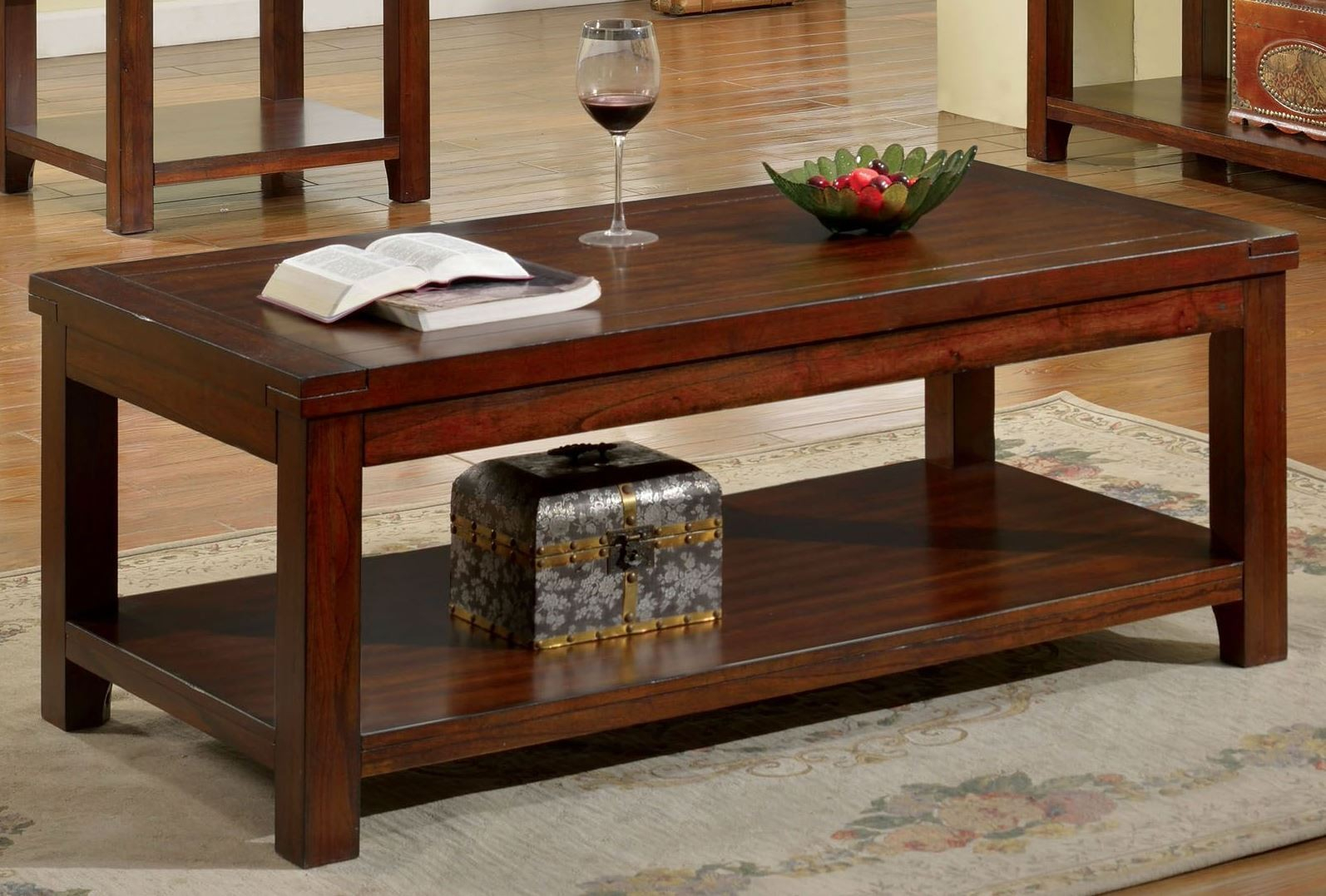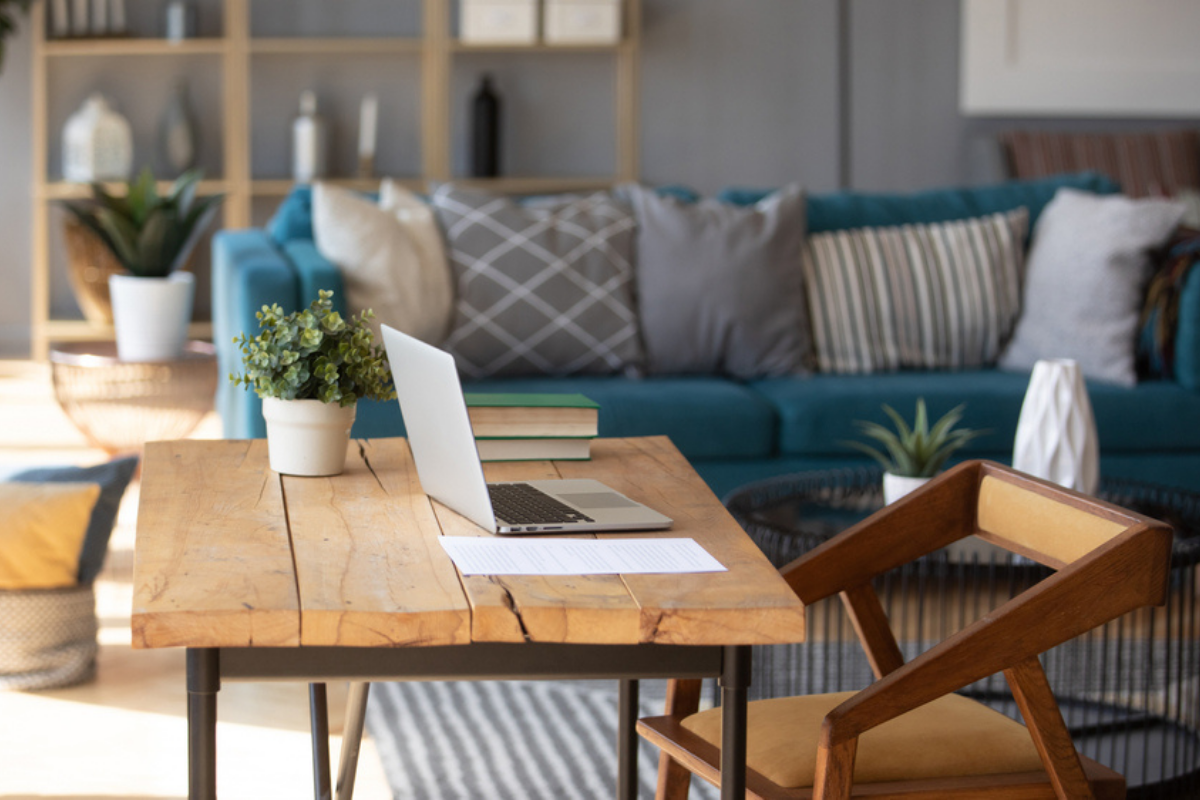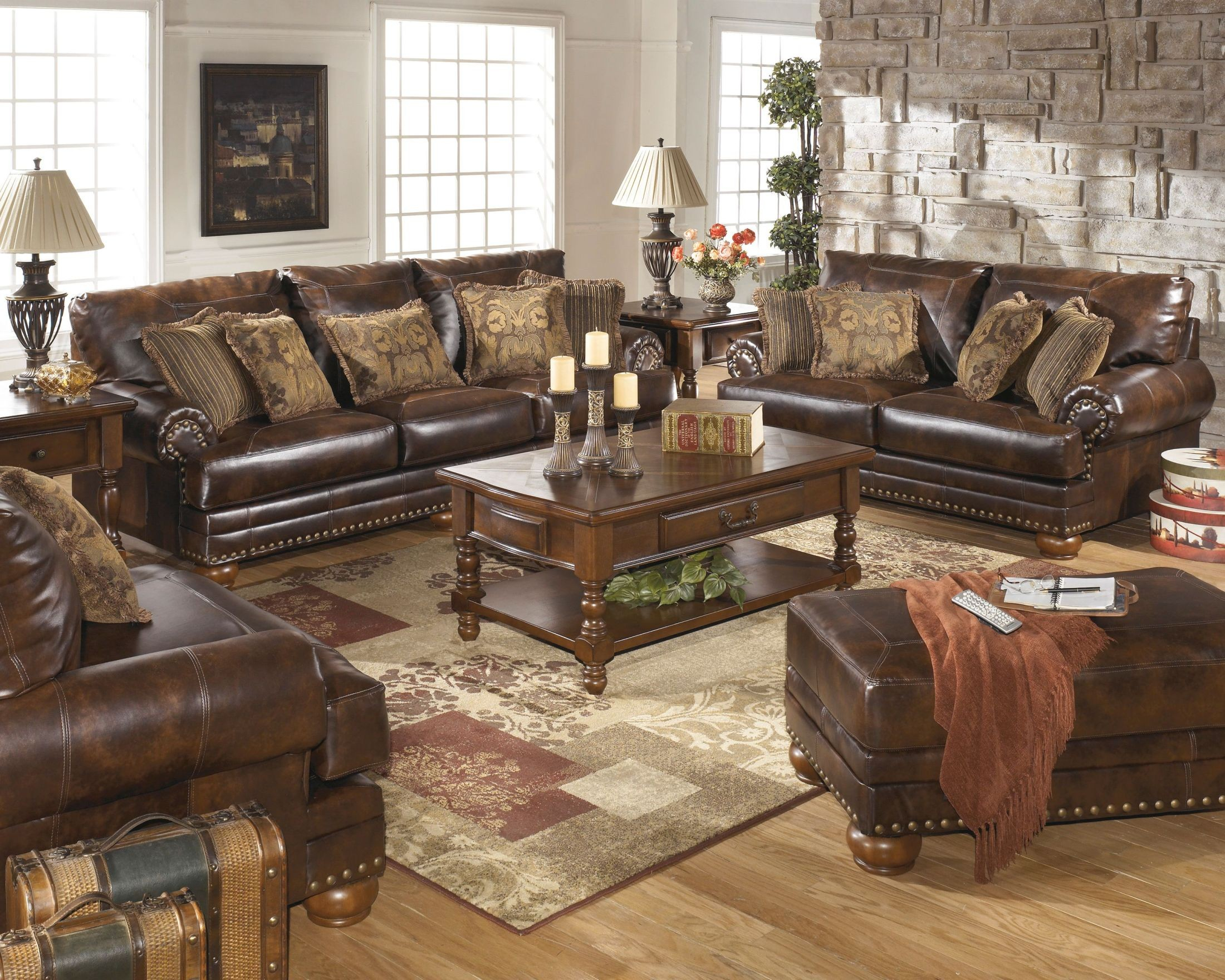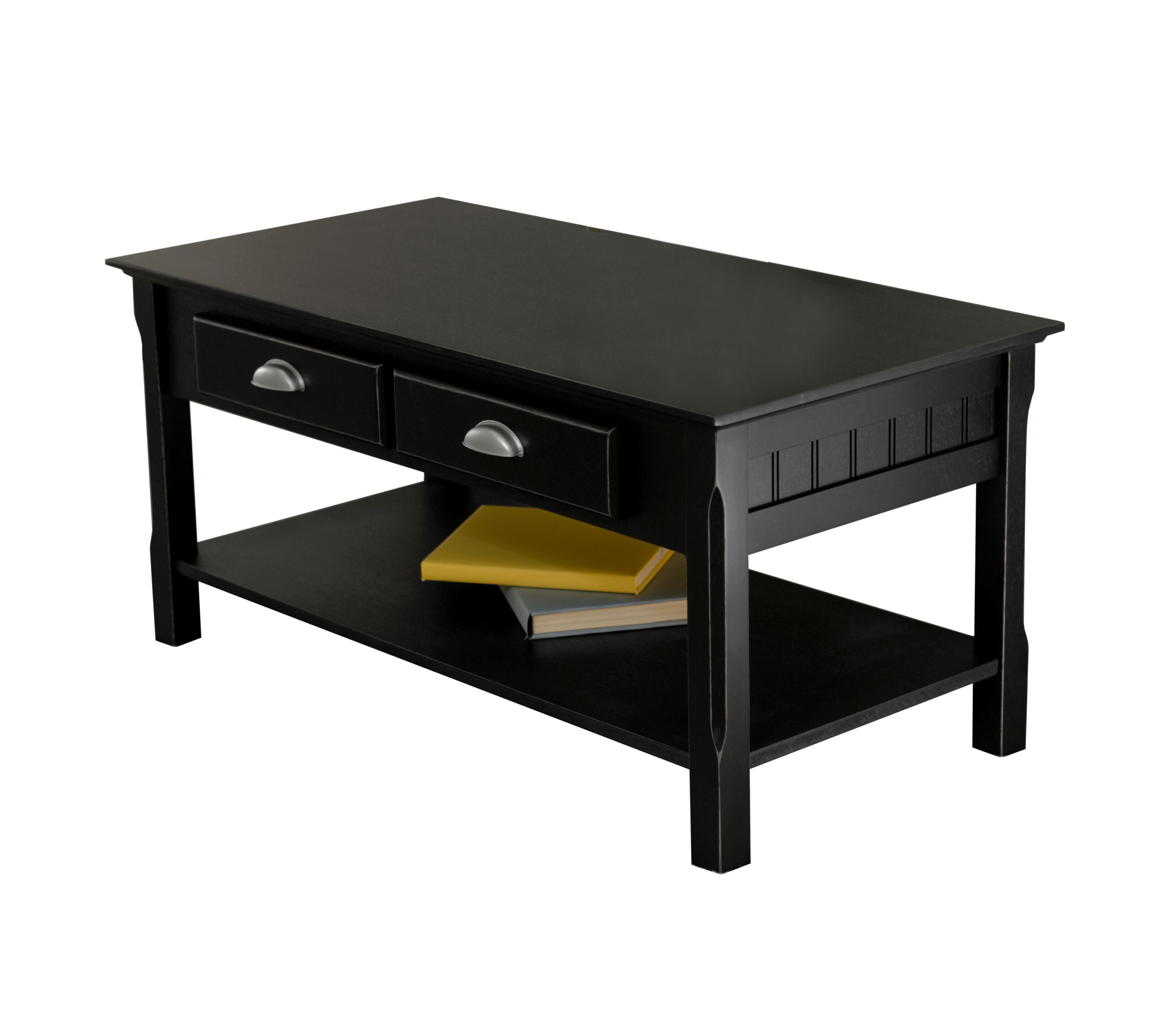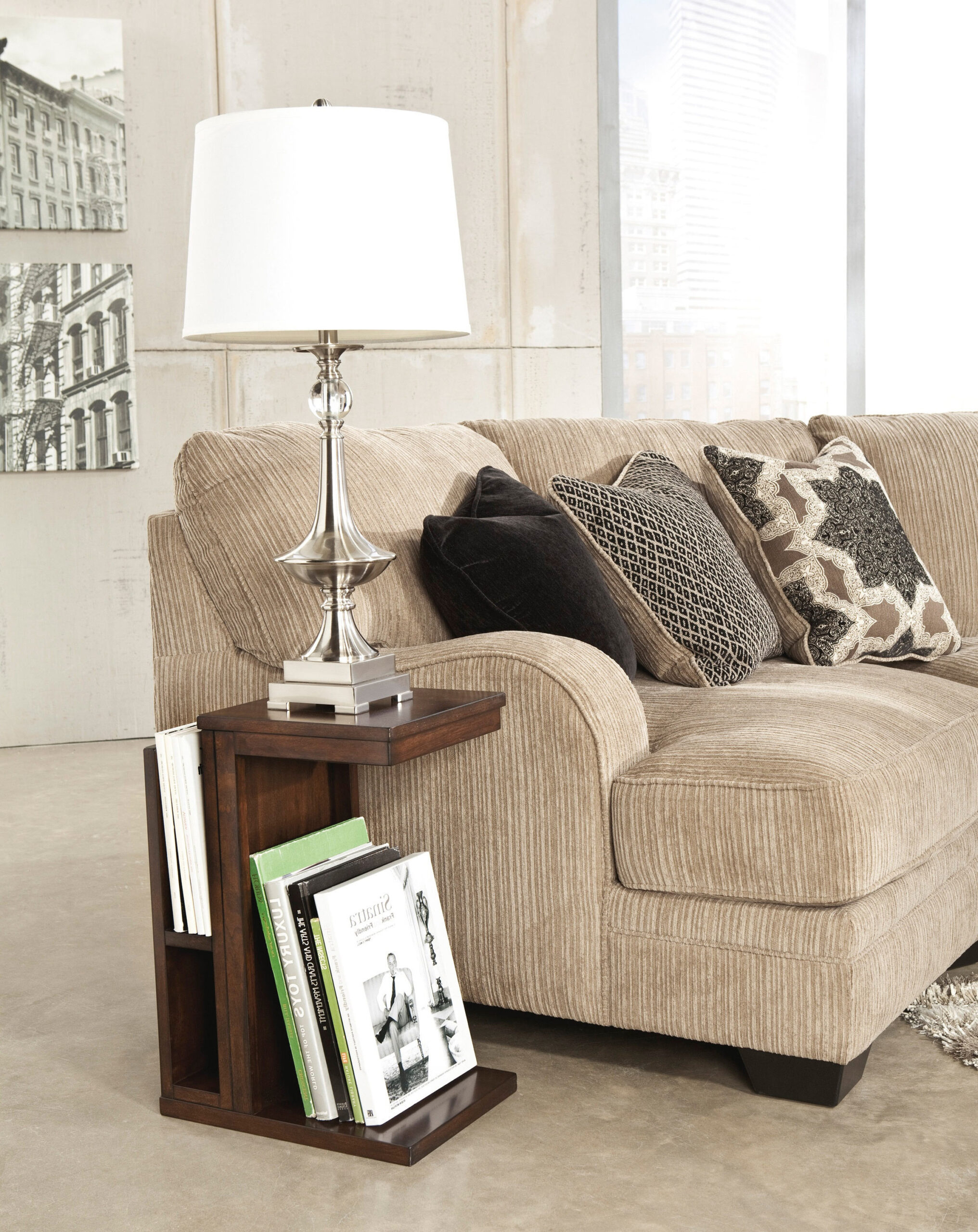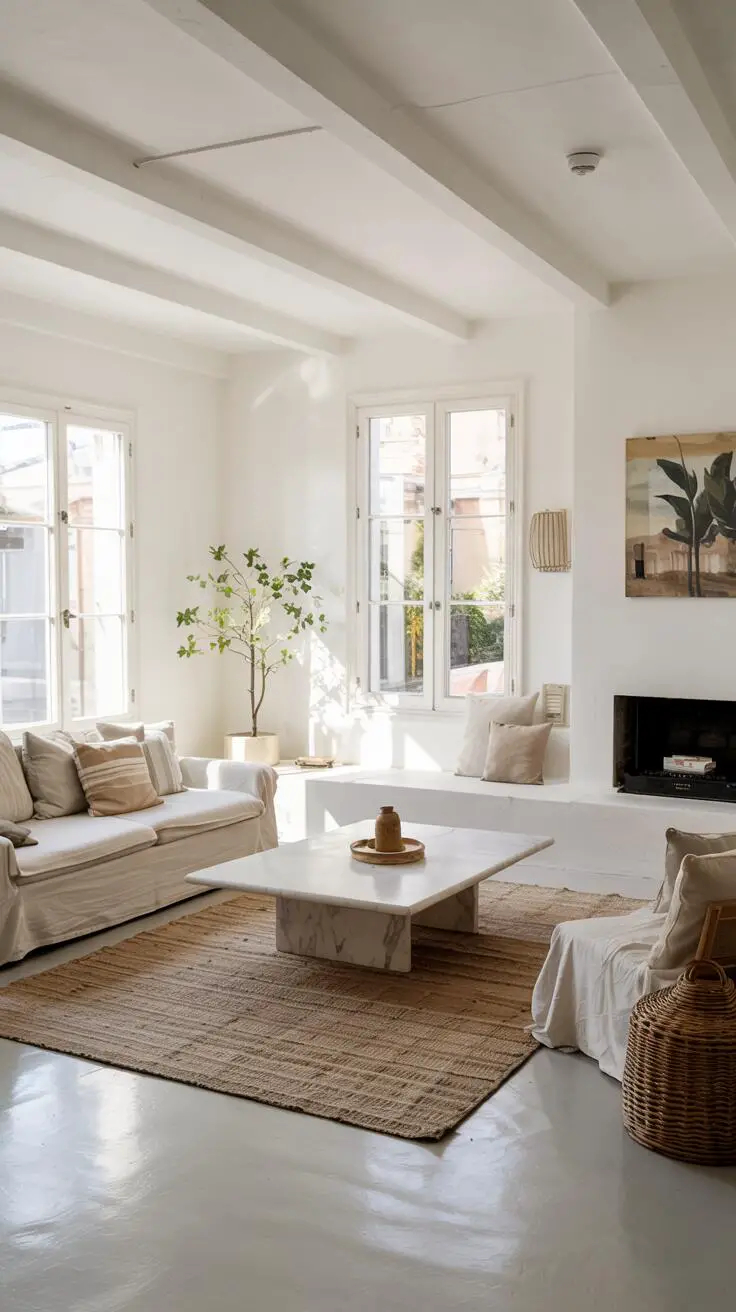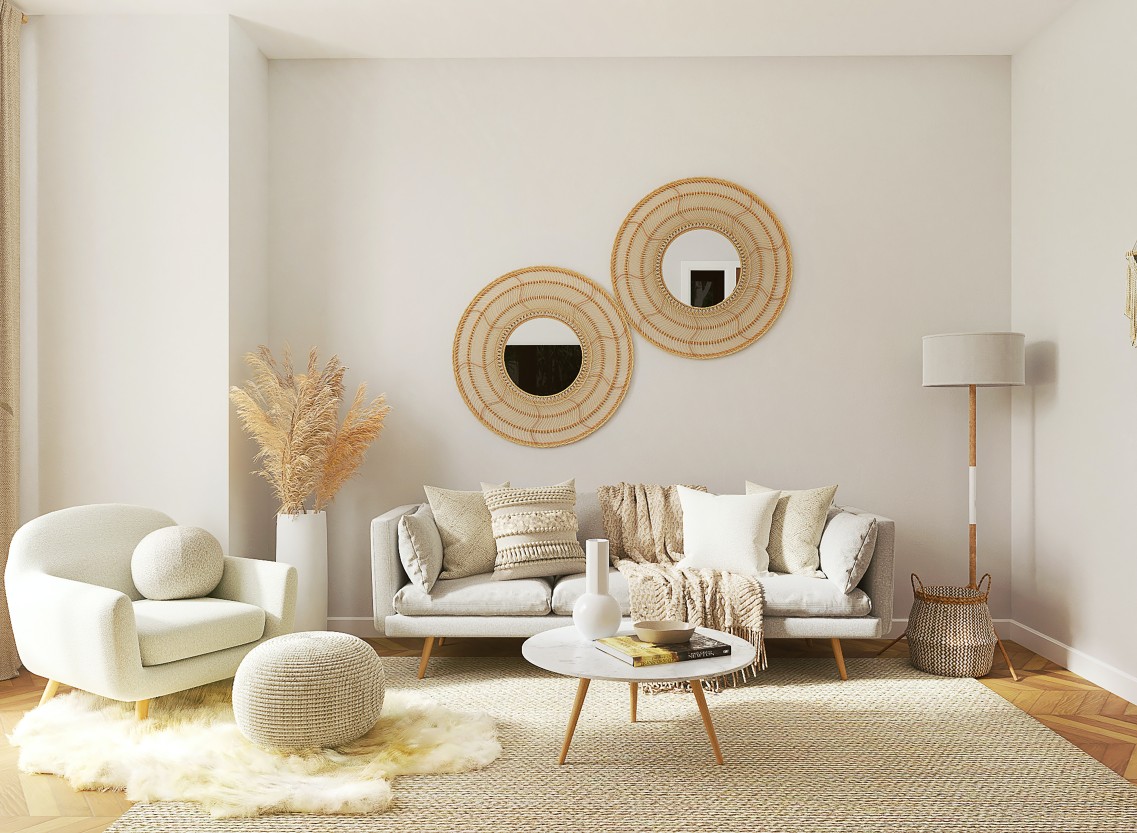Do you stare at your living room and feel a sense of dread? Perhaps it’s that weird nook, the awkwardly placed fireplace, or a long, narrow shape that just won’t cooperate. Many of us wrestle with less-than-ideal living room dimensions. But what if I told you these ‘awkward’ spaces are actually opportunities? They’re chances to get creative, to think outside the usual furniture arrangement box, and to craft a room that’s uniquely yours and incredibly functional. Let’s dive into how we can unlock the full potential of your living room, no matter its quirks.
It’s easy to feel discouraged when your living room doesn’t fit the perfect magazine spread. We see those symmetrical sofas and perfectly centered coffee tables, and then we look at our own space, with its odd angles or persistent traffic flow issues, and sigh. But here’s a secret: most homes have a living room layout that presents a puzzle. The difference between a frustrating space and a fantastic one often comes down to understanding how to work with your layout, not against it. Instead of fighting those unusual features, let’s learn to celebrate them. We’ll explore how to use them to your advantage, creating zones, adding personality, and ultimately, making your living room a place you genuinely enjoy spending time in.
Understanding Your Space: The First Step to Success
Before you move a single piece of furniture, take a good look at your living room. What are its defining features? Is it long and narrow? Does it have an L-shape? Is there a prominent fireplace or a large window that dictates the room’s focal point? Understanding these elements is crucial. Measure everything – the walls, the windows, doorways, and any permanent fixtures. Sketching a simple floor plan can be incredibly helpful. This isn’t about creating a perfect architectural drawing, just a basic representation to help you visualize. Think about how people naturally move through the room. Where are the main pathways? Identifying these circulation routes will prevent you from blocking essential areas with furniture, which is a common pitfall in awkward layouts.
Creating Zones: Making the Most of Every Area
Awkward layouts often benefit from a zoned approach. Instead of trying to make one giant, cohesive space, break it down into smaller, functional areas. For example, in a long, narrow living room, you might have a main seating area at one end and a smaller reading nook or a home office space at the other. Use rugs to define these zones visually. A large area rug can anchor the main seating arrangement, while a smaller, complementary rug can delineate the reading corner. Furniture placement also plays a key role. A console table behind a sofa can act as a subtle divider, separating the living area from another part of the room. Don’t be afraid to use furniture to create these distinct zones; it’s a smart way to add functionality and visual interest to a challenging space.
Furniture Placement Strategies for Tricky Rooms
When your room isn’t a perfect rectangle, standard furniture arrangements can feel impossible. For long, skinny rooms, try orienting your main seating piece, like a sofa, across the width of the room rather than along the length. This can help break up the linearity and make the space feel more balanced. If you have a fireplace or a window that’s off-center, don’t force the furniture to ignore it. Instead, arrange seating to acknowledge the focal point. Consider using two smaller sofas or a sofa and two armchairs facing each other to create a conversational grouping. Floating furniture away from the walls can also work wonders. Sometimes, pulling pieces a few inches or even a foot away from the wall can make the room feel larger and more inviting, especially in smaller or oddly shaped spaces. It creates a sense of flow and prevents the room from feeling too cramped.
The Power of Multifunctional Furniture
In any living room, but especially in those with challenging layouts, multifunctional furniture is your best friend. Think ottomans with hidden storage, sofa beds for guests, or nesting tables that can be pulled out when needed and tucked away when not. A storage bench can serve as extra seating, a place to store blankets and games, and even a makeshift coffee table when topped with a tray. These pieces are brilliant for maximizing utility without cluttering the space. They allow you to adapt the room to different needs, whether it’s for entertaining, relaxing, or working. Smart furniture choices can truly transform how a room functions and feels.
Lighting and Color: Enhancing the Perception of Space
The right lighting and color palette can dramatically alter the perception of your living room’s layout. For awkward or smaller spaces, lighter colors on the walls tend to make the room feel more open and airy. Consider using a consistent color scheme throughout the space to promote a sense of flow. If you have a particularly long room, painting the shorter end walls a slightly darker shade can visually bring them closer, making the room feel more proportionate. Layered lighting is also key. Instead of relying on one overhead light, incorporate a mix of ambient (general lighting), task (for reading or hobbies), and accent lighting (to highlight artwork or architectural features). Floor lamps and table lamps can add warmth and create cozy zones within the larger space. Good lighting can make even the most peculiar layout feel deliberate and inviting.
Accessorizing with Intention: The Finishing Touches
Once the main furniture is in place, accessories can help tie everything together and further enhance your layout. Mirrors are fantastic for bouncing light and creating the illusion of more space, especially when placed opposite a window or in a darker corner. Art can draw the eye and create focal points. Even plants can add life and break up solid blocks of furniture. When choosing accessories, think about scale. Oversized pieces can overwhelm a small or awkwardly shaped room, while too many small items can create visual clutter. Aim for a balance that complements your furniture and the overall feel you want to achieve. These final touches are what make a house a home, adding personality and polish to your wonderfully transformed space.
Navigating an awkward living room layout doesn’t have to be a source of frustration. By understanding your space, strategically placing furniture, utilizing multifunctional pieces, and being mindful of color and lighting, you can transform even the most challenging dimensions into a functional, beautiful, and inviting heart of your home. Remember, these aren’t limitations; they’re opportunities to get creative and design a space that truly reflects your style and needs. So, embrace those quirks, experiment with your arrangements, and enjoy the process of making your living room the best it can be.

